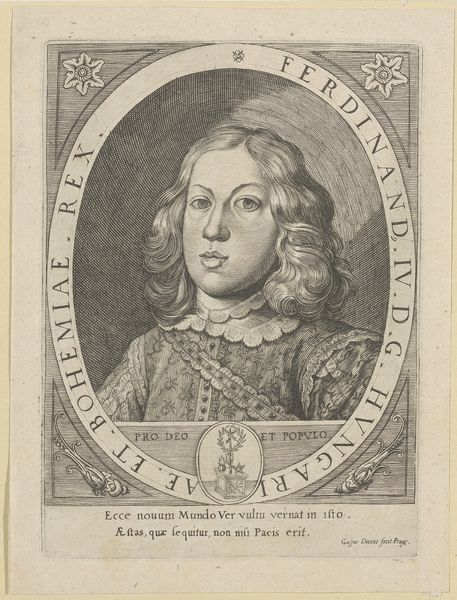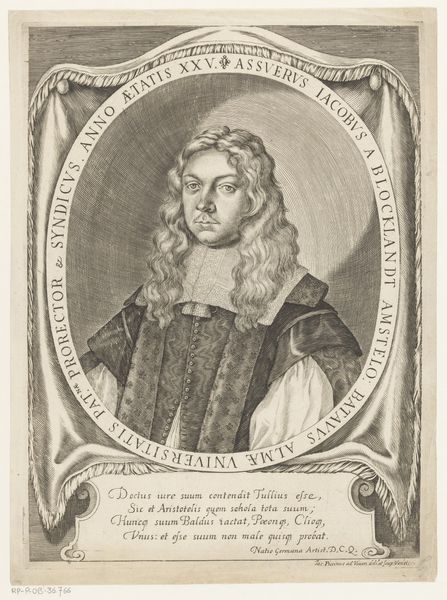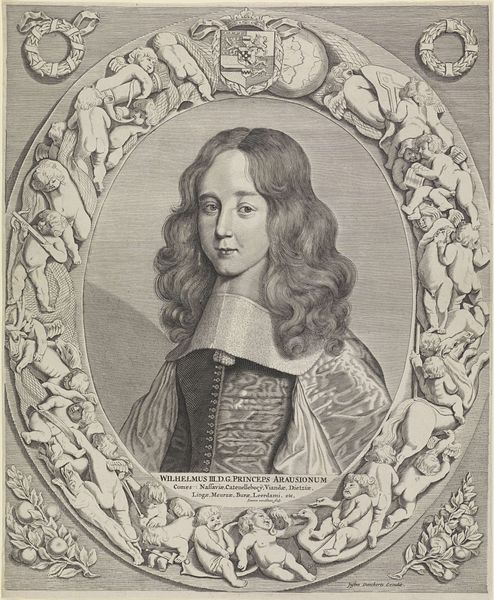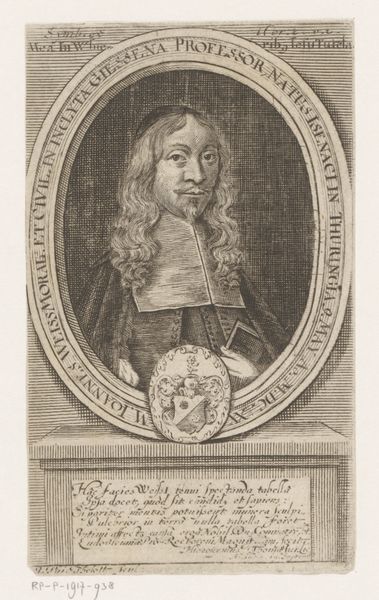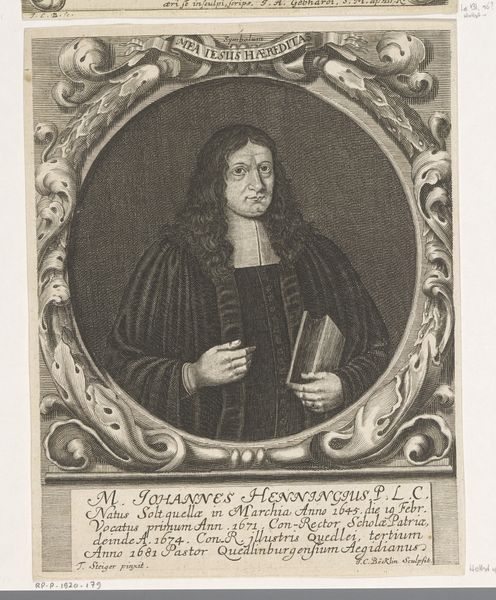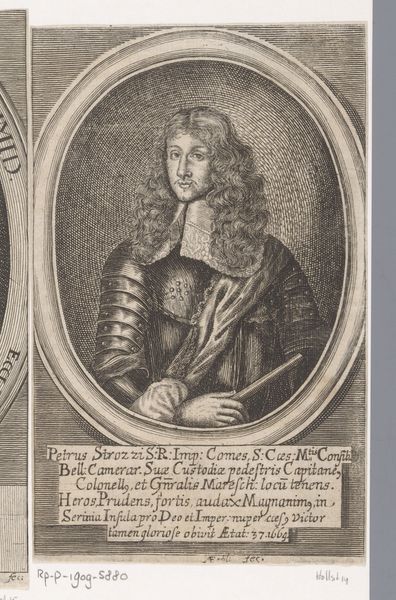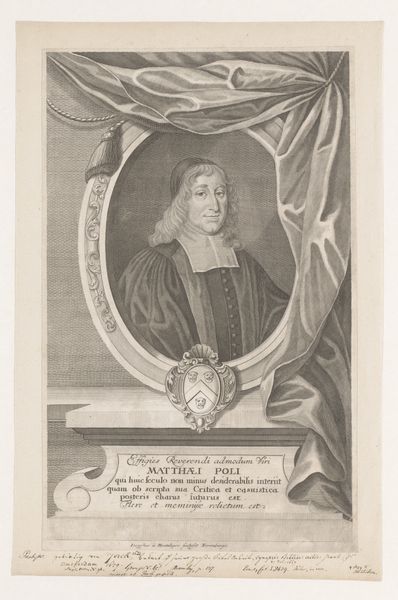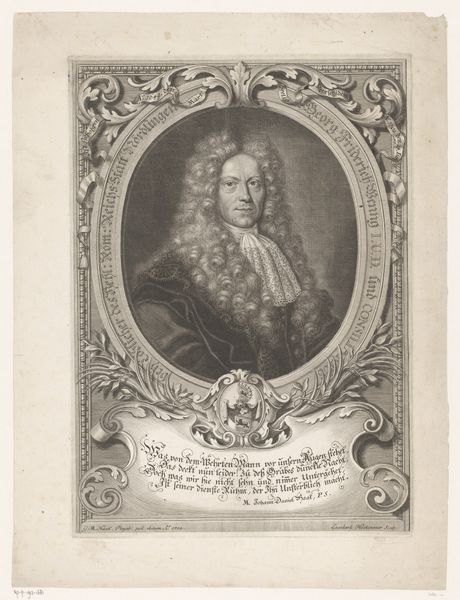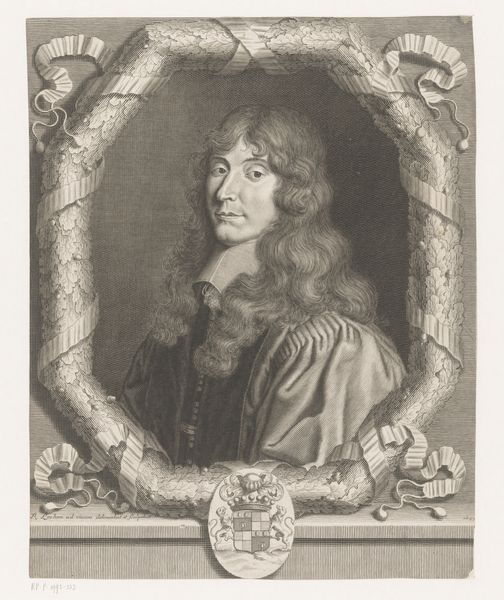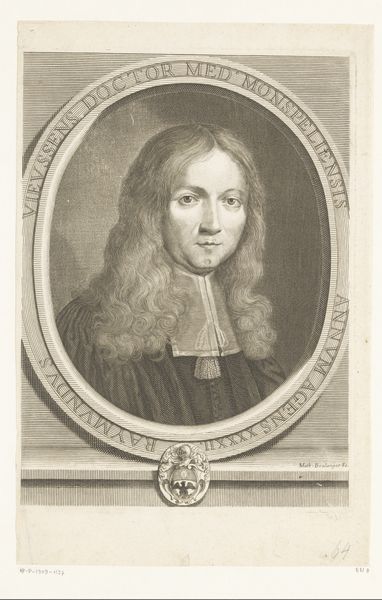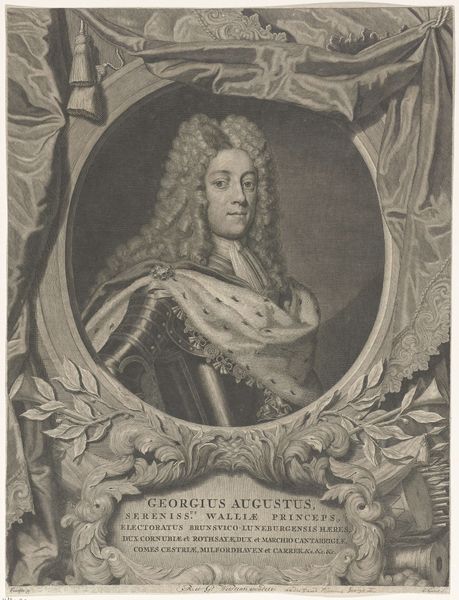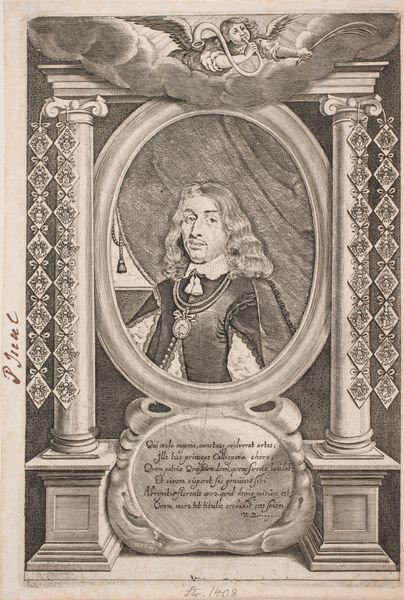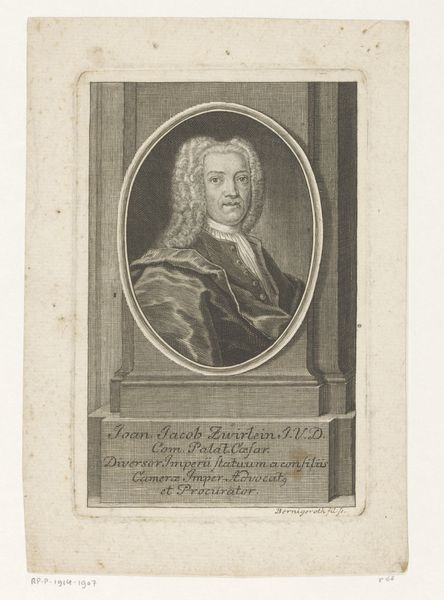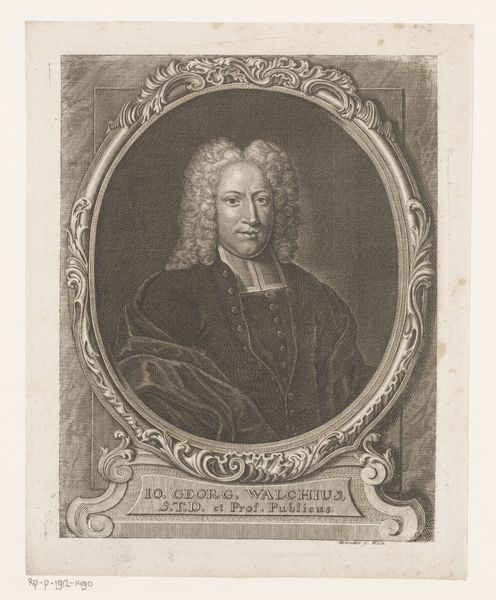
drawing, print, engraving
#
portrait
#
drawing
#
baroque
# print
#
engraving
Dimensions: Sheet: 11 1/8 × 7 9/16 in. (28.3 × 19.2 cm)
Copyright: Public Domain
Editor: So here we have Wenceslaus Hollar's engraving, "James, Duke of York," created in 1651. The detail is really incredible; it's quite striking. It looks almost like a photograph. I wonder about its context, how might people have reacted to this at the time? Curator: Well, consider that in 1651, the English monarchy was in a state of intense flux, caught in a tumultuous power struggle following the execution of Charles I. This print of James, his son, and future King James II, becomes a powerful statement in itself. Prints like these served as crucial visual propaganda. Editor: Propaganda? So, beyond just a portrait, it had a specific aim? Curator: Precisely! Its function extended far beyond mere depiction. Engravings were relatively reproducible, circulating images and ideals to a broad audience, attempting to bolster support for the exiled royal family during the Commonwealth period. Notice the Latin inscription; what do you suppose that conveys about its intended audience and its goals? Editor: Hmmm... something about James, by the grace of God, Duke of York… Was it aimed at convincing the elites, reminding them of James's divine right to rule? Curator: Exactly. The imagery, the inscription – it's all very deliberately constructed. The Baroque frame with leaves and Latin text elevates the status of James. It promotes his legitimacy as the rightful heir during a politically unstable era. So we can understand the piece to have strong, symbolic intent, deeply connected to the politics and power dynamics of its day. Editor: That is truly eye-opening. I originally just saw a finely rendered portrait. Now I recognize the historical context transformed how the work might have been received. Curator: Indeed. Looking at art through its historical lens changes everything.
Comments
No comments
Be the first to comment and join the conversation on the ultimate creative platform.
